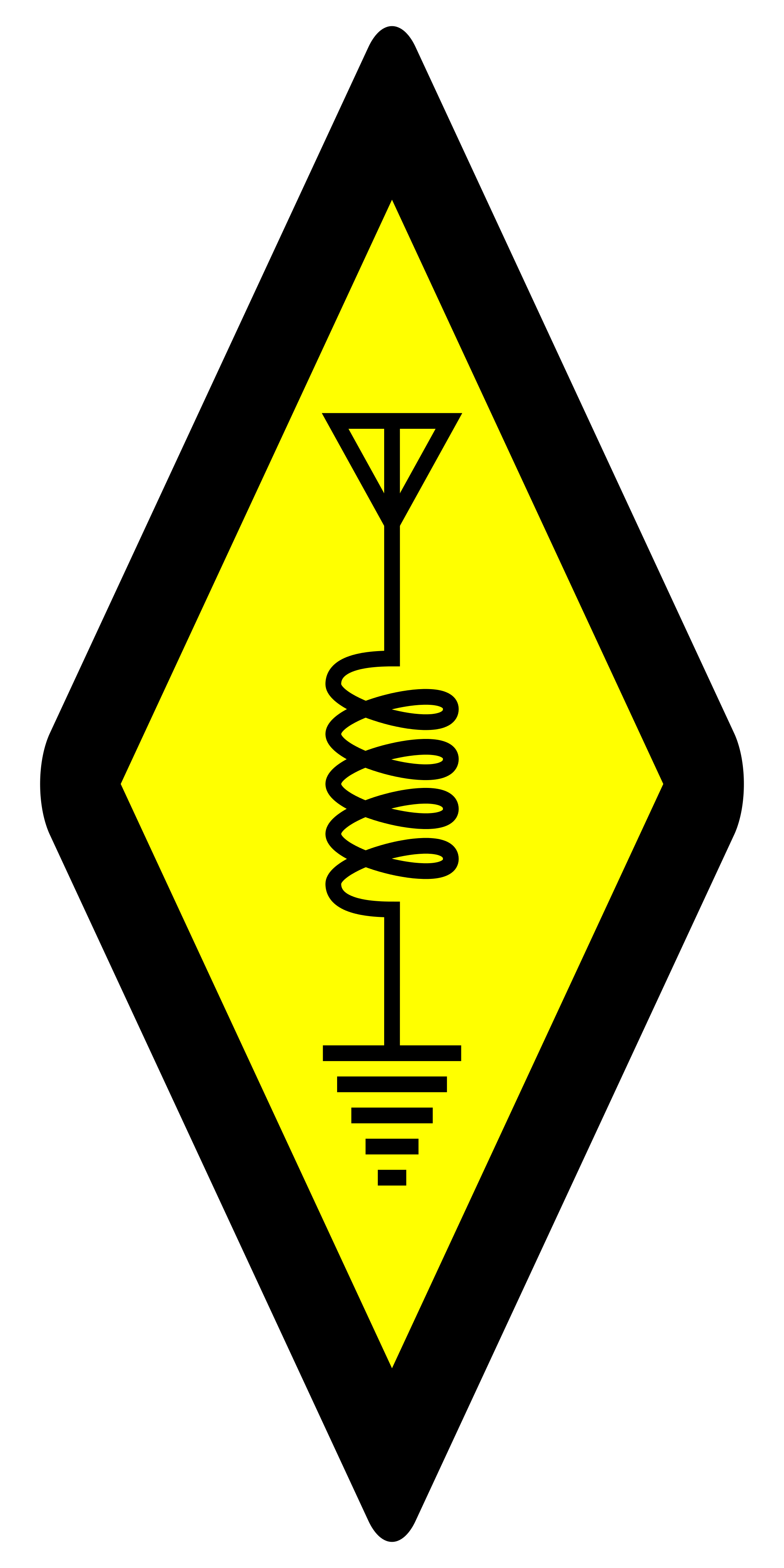I’ve got an itch to activate a particularly difficult-to-activate POTA park. The few who found success did so with a barely-qualifying amount of digital or CW contacts with the exception of two prominent and skilled phone operators (and one of them had to give it a second try another day). What brings the difficulty is the terrain: the park is a RF pit of despair beach with 20m tall shear cliffs into the surrounding mountains. It’s also remote enough to make spotting difficult; there’s no cell nor a APRS repeater for self-spotting.
There are a few strategies I could go for, like beaming into the ocean for KH and VK stations, but I think this park is just about the perfect case for NVIS propagation. I’ll probably give my EFHW a shot in an inverted V or sloper configuration, but I’m also thinking of building:
-
A basic dipole since I could pump more power into it than my existing EFHW transformer can handle.
-
A one-wavelength loop antenna. In theory a low loop offers a more circular radiation pattern than a dipole and slightly better gain. However, it’s twice as much wire to raise.
What kind of portable antenna would you choose to operate daytime NVIS? Do you have any other ideas or thoughts?


Consider OCFD - still needs a balun, but handles more power than EFHW while being sort of end fed and multiband
I did consider a OCFD but the multiband feature didn’t seem worthwhile over a monoband dipole or multiband fan dipole.
Thinking about it again, perhaps it is worthy. If the fundamental is 40m, then I should get dipole performance with an interesting radiation pattern on the second harmonic (20m). If I deploy as a sloper, then perhaps I can get an OK 20m DX setup and decent 40m NVIS out of it. Good timing of the activation right could mean I can capture VK stations without pulling out my 1/4w vertical.
I’ll give it a quick model and perhaps find myself winding a 4:1 balun. :)
If you only need these two bands, then maybe you have an additional option. Consider 3:1 OCFD with 40m as fundamental: at 40m it would have something like 100-120ish ohms and closer to 50 on 20m. If you feed this with 75 ohm cable 1/4wl long on 40m, you’ll get 50 ohms, and on 20m this section of cable is 1/2wl so impedance is matched there too. No balun needed, common mode choke at feedpoint could be useful tho. Maybe it would even work at 15m
I haven’t built a feedline match before. That may be worthwhile just for the experience in building such.
Modelling this OCFD would be in order because these impedances will vary depending on exact placement of feedpoint and height above ground. When you have some impedances then you can match it by hand on smith chart or if you’re lazy like me you can use interactive one like this https://www.will-kelsey.com/smith_chart/